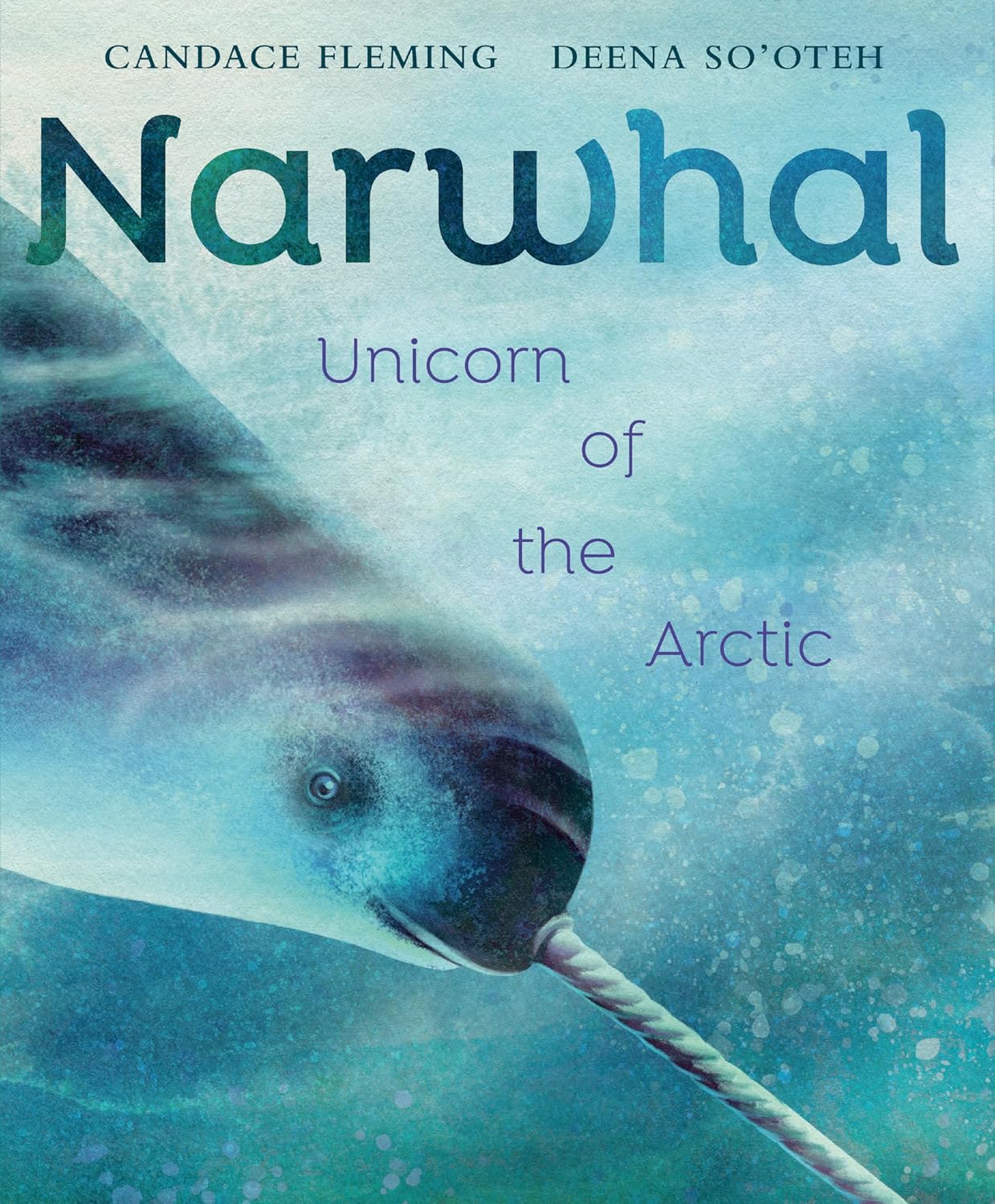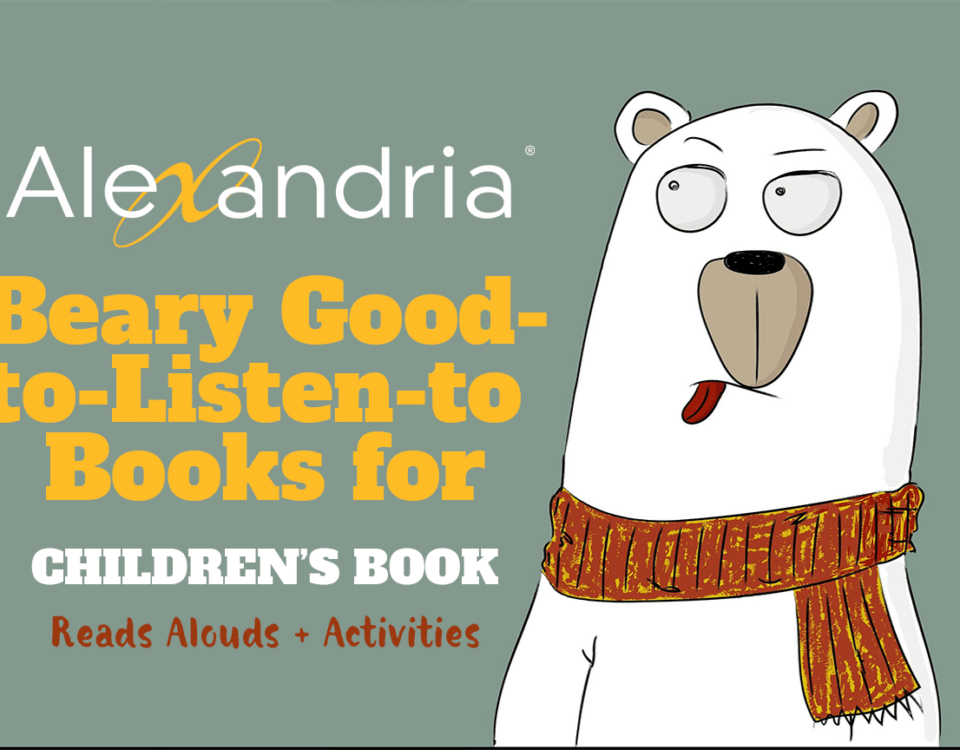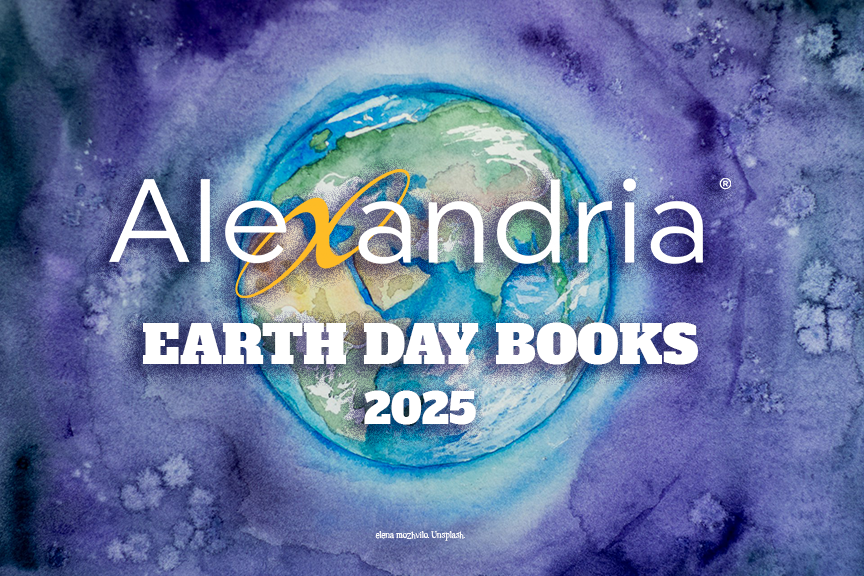
Winter Reading Library Posters
December 10, 2024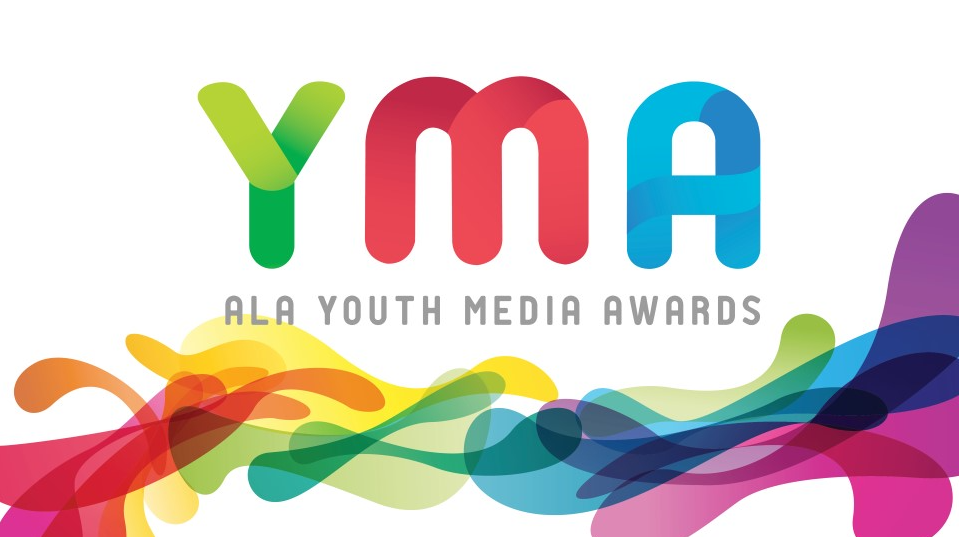
2025 ALA Award-Winners List + FREE Award-Book Explore Pane
January 27, 202510 Exciting STEM Library Books + Activities for 2025

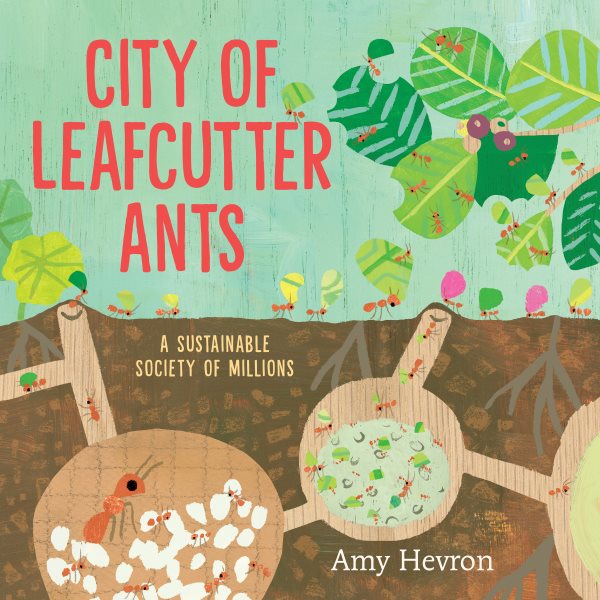
1
City of Leafcutter Ants: A Sustainable Society of Millions by Amy Hevron
($17.66) Follow Amy Hevron into a rainforest in Central America and witness the wonders of the leafcutter ant, master builders all, each with a specific job to do: serve the queen, run a city, employ builders, work as farmers, nannies, cleaners, and even pharmacists! These brave foragers dive into the trees, slice leaves, and maintain a fungus crop—all while expand tunnels and tending their young.
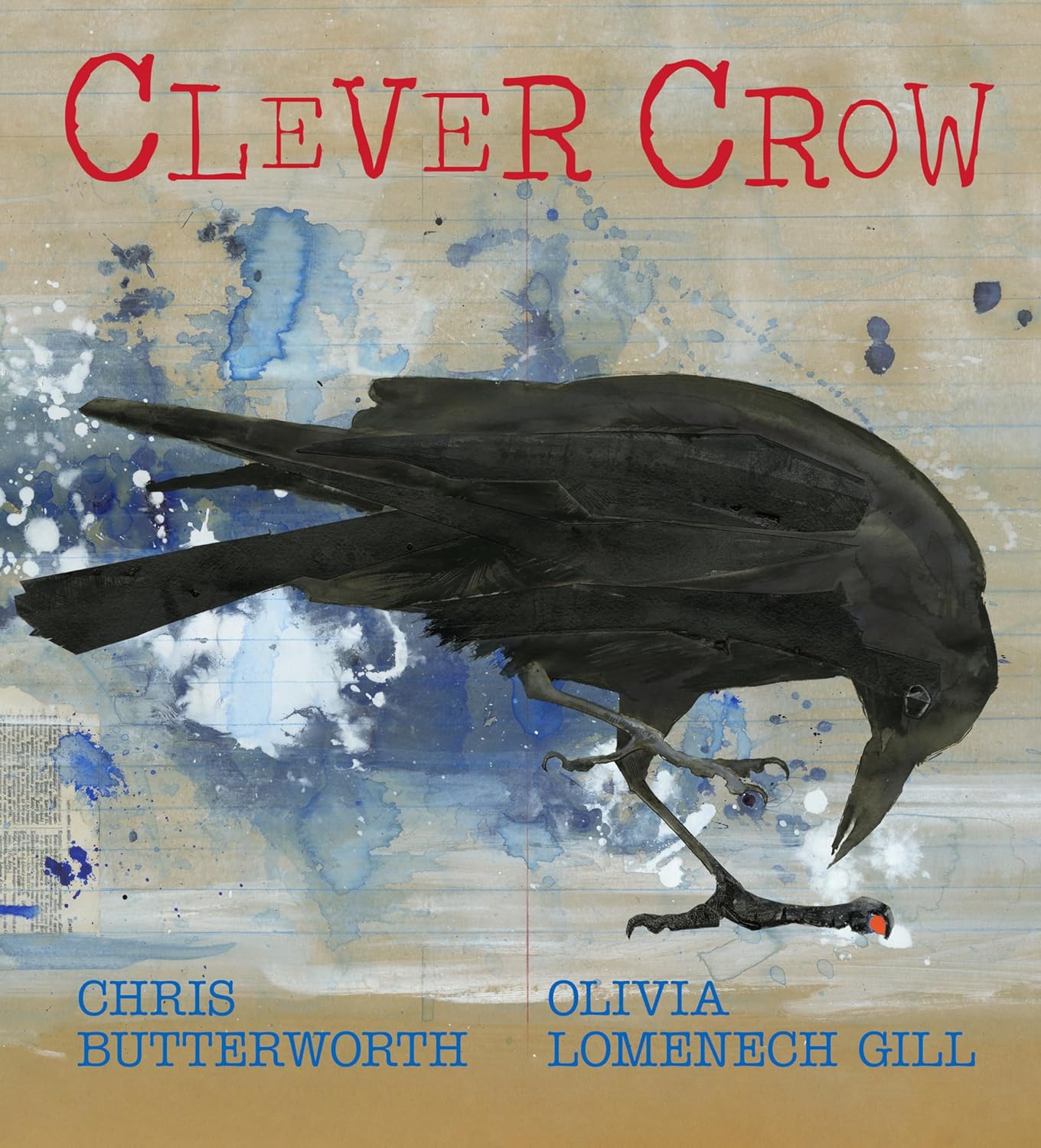
2
Clever Crow by Chris Butterworth
($13.80) Learn about the hundreds of crows that live among us, the ones that go mostly unnoticed. No flashy feathers. No beautiful songs. No fancy flying skills. A crow is a bird with small beady eyes but a very big brains. They hang out with friends and use tool, a stick, to tease out tasty bugs. They even play like kids and tumbling off snowy roofs? They hide food—and themselves right under our noses as tey live among us.
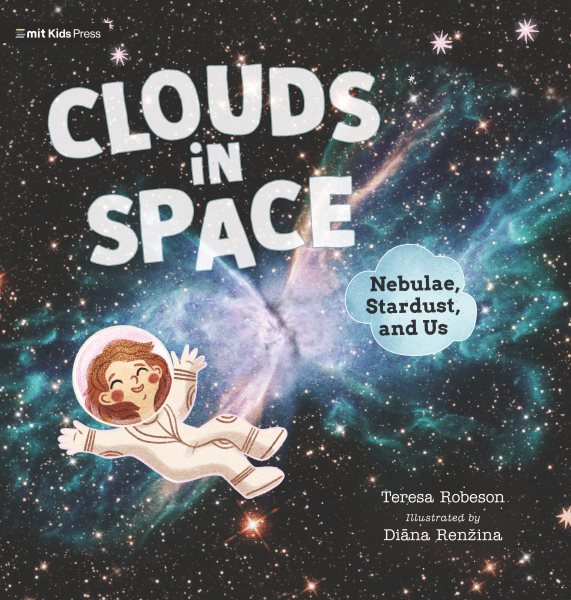
3
Clouds in Space: Nebulae, Stardust, and Us by Teresa Robeson
($17.21) What makes up a cloud in space? Nebula, or “cloud” in Latin, are a little-known astronomical phenomena and different than Earth’s clouds. Robeson nebula as the last breaths of supernovas or a star nursery, or a swirling of molecules that form stars and planets. This nonfiction book looks into the cosmos and invites young astronomers to explore the wonders that are space clouds.
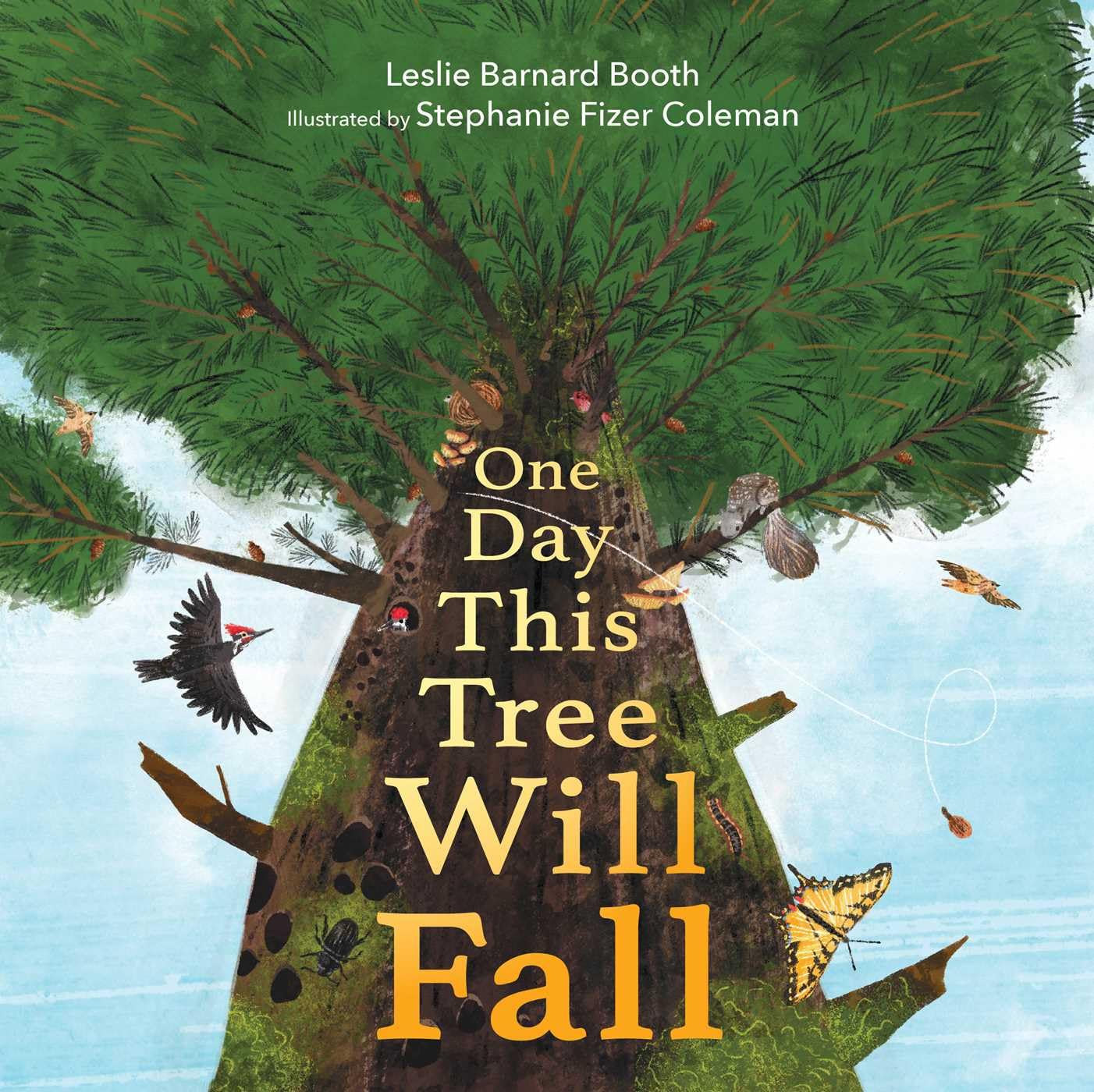
4
One Day This Tree Will Fall by Leslie Barnard Booth
Lyrical and rhythmic, this title's a beautiful word share: "Wounded, worn, twisted, torn." What happens when a tree falls? Does the tree’s story end there? Is it gobbled up by a bird, damaged by wind or ice or fire, chopped down and hauled away? Maybe. Or, for some trees, in some extraordinary way, is it just the beginning of something surprising? Let's see how this tree—survives. Or maybe it grows old and its scars, cracks, crevices become a space many critters call home.
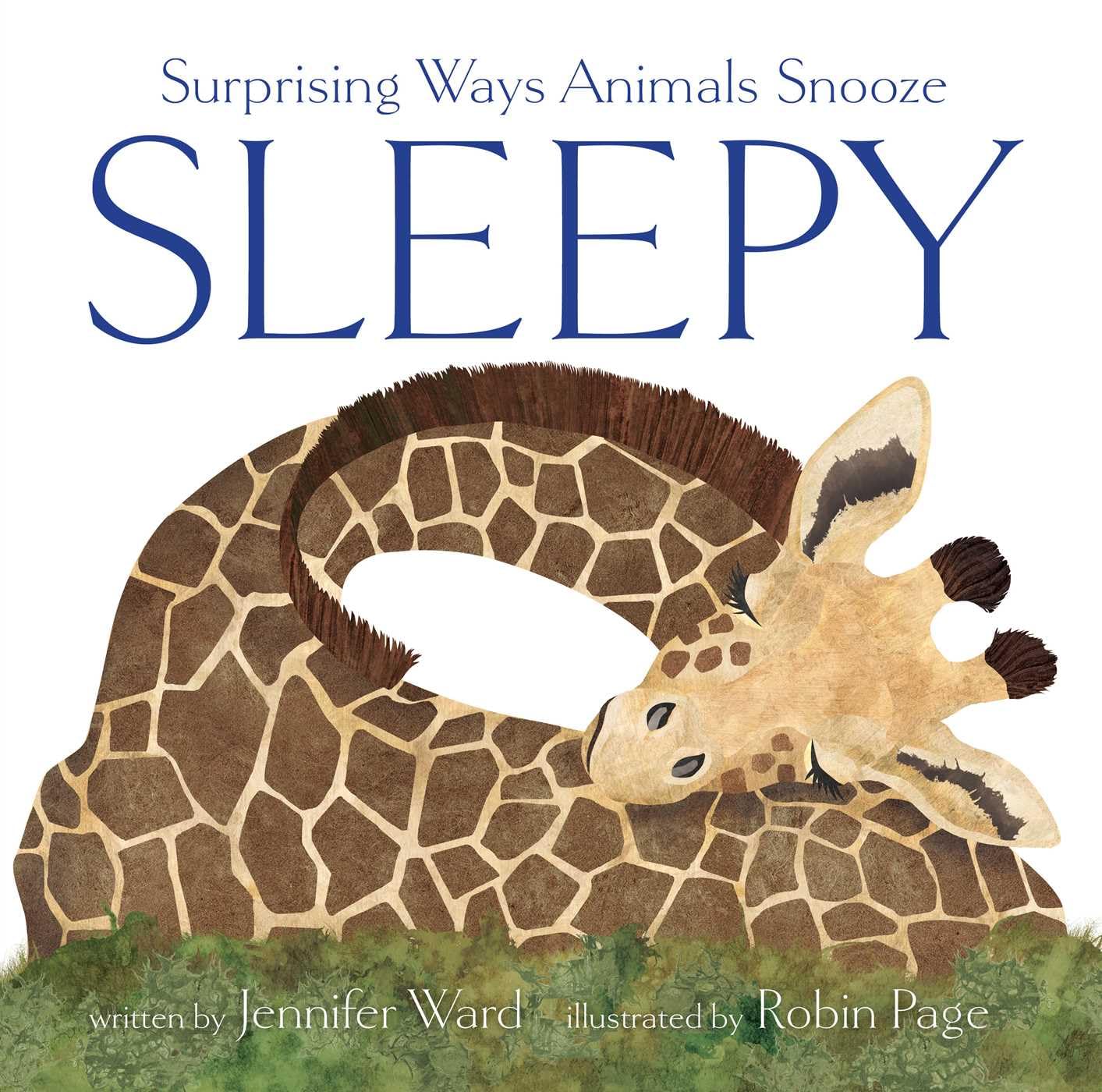
5
Sleepy: Surprising Ways Animals Snooze by Jennifer Ward
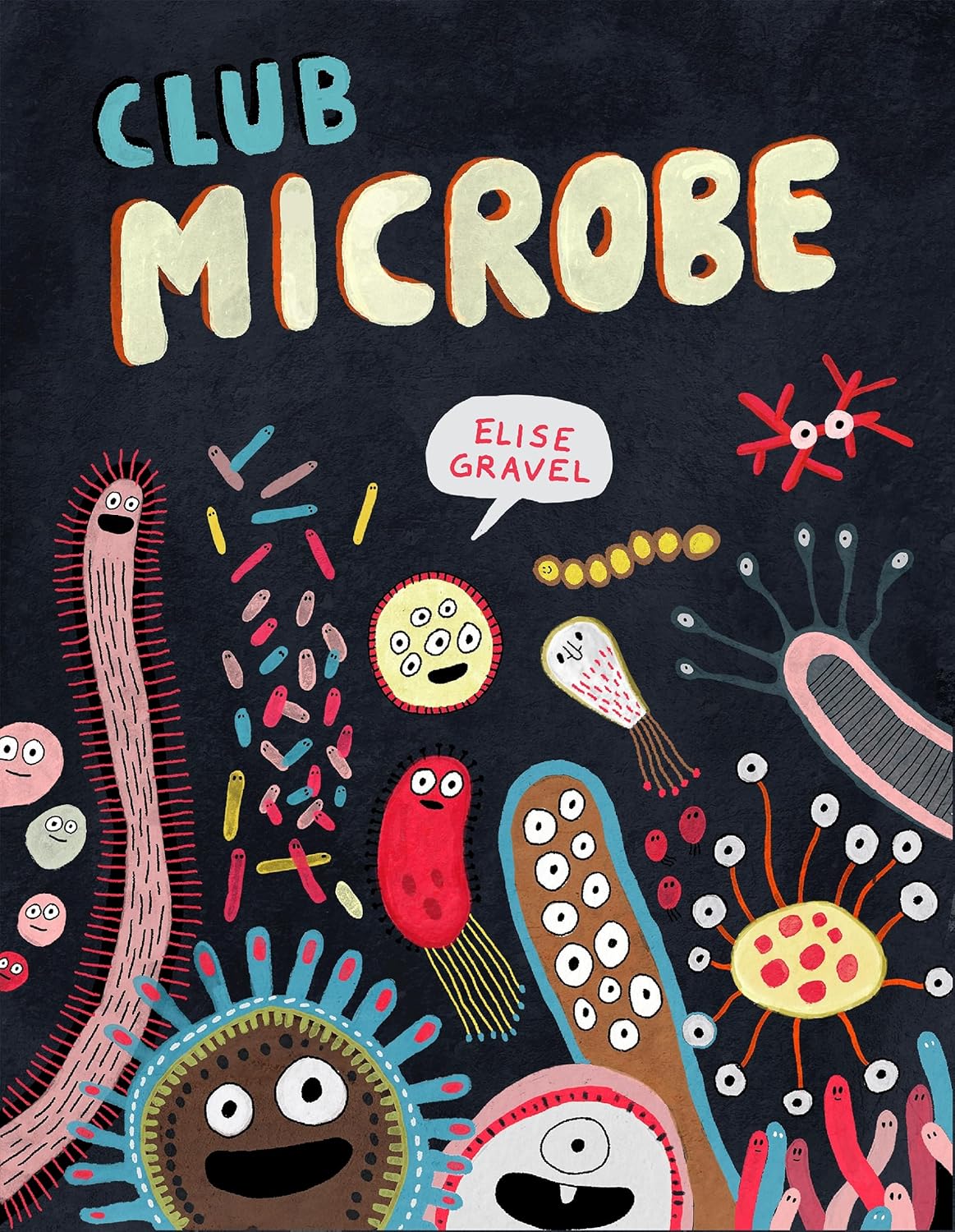
6
Club Microbe by Elise Gravel
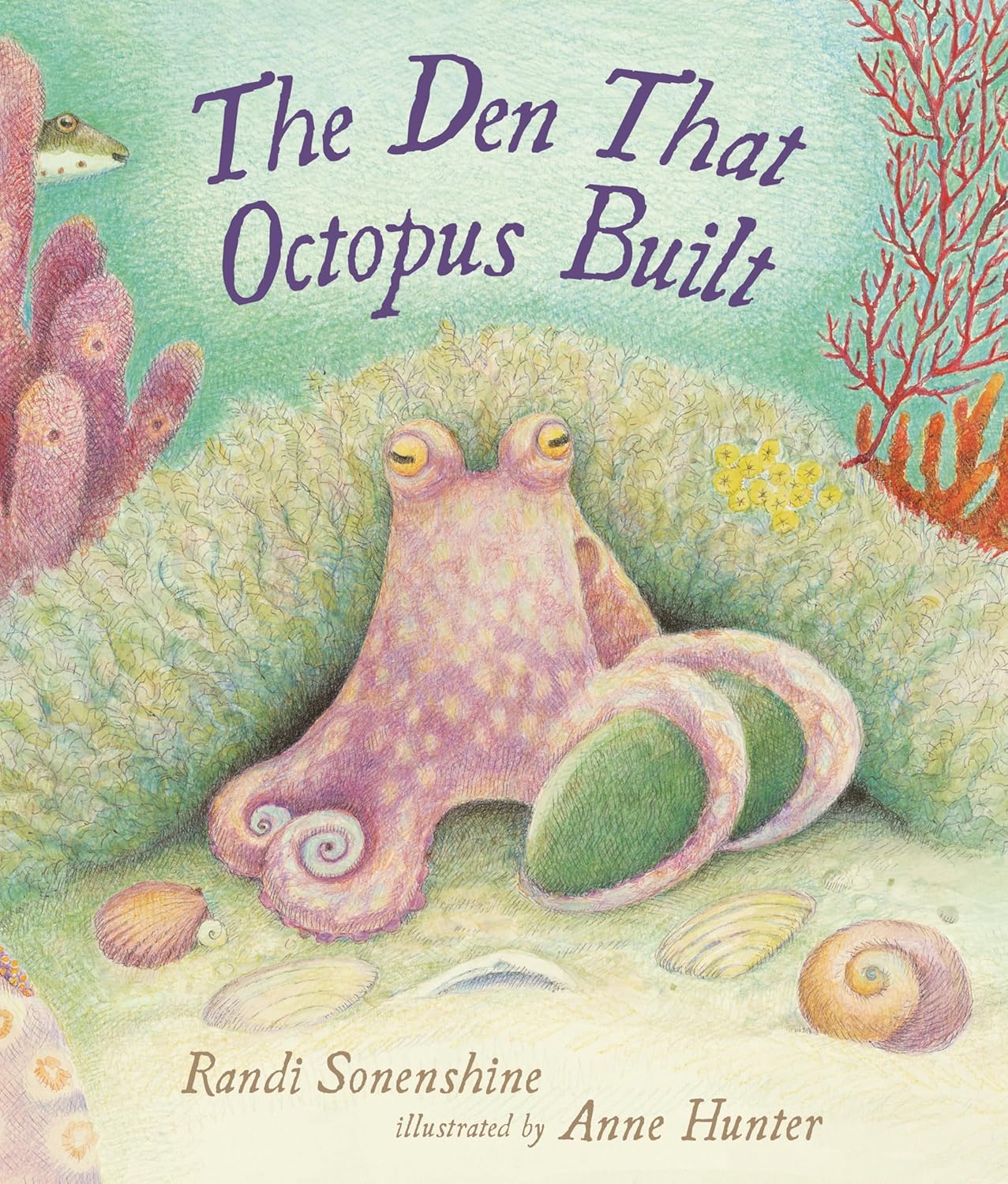
7
The Den That Octopus Built by Randi Sonenshine
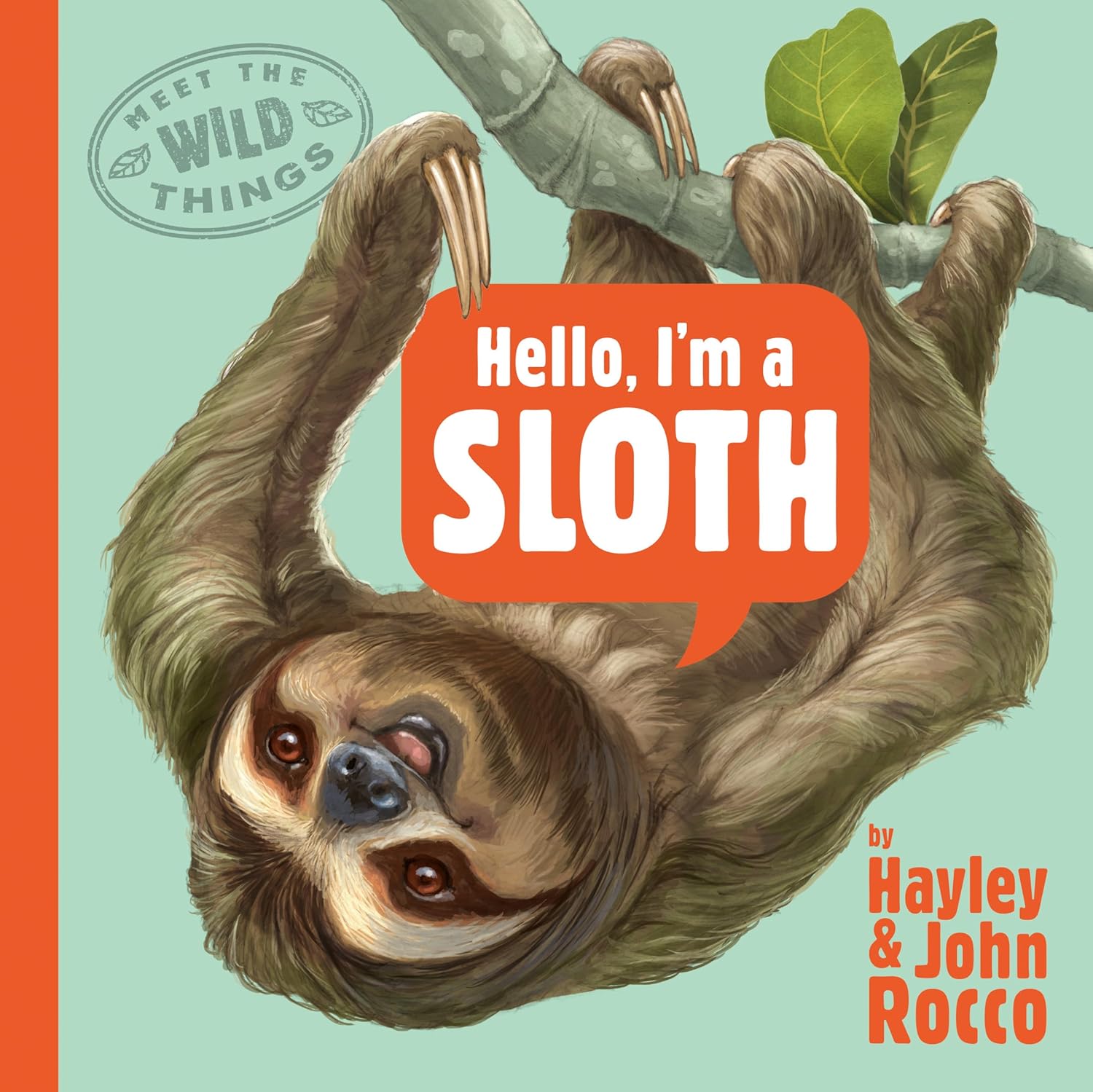
8
Hello, I'm a Sloth (Meet the Wild Things) by Hayley Rocco
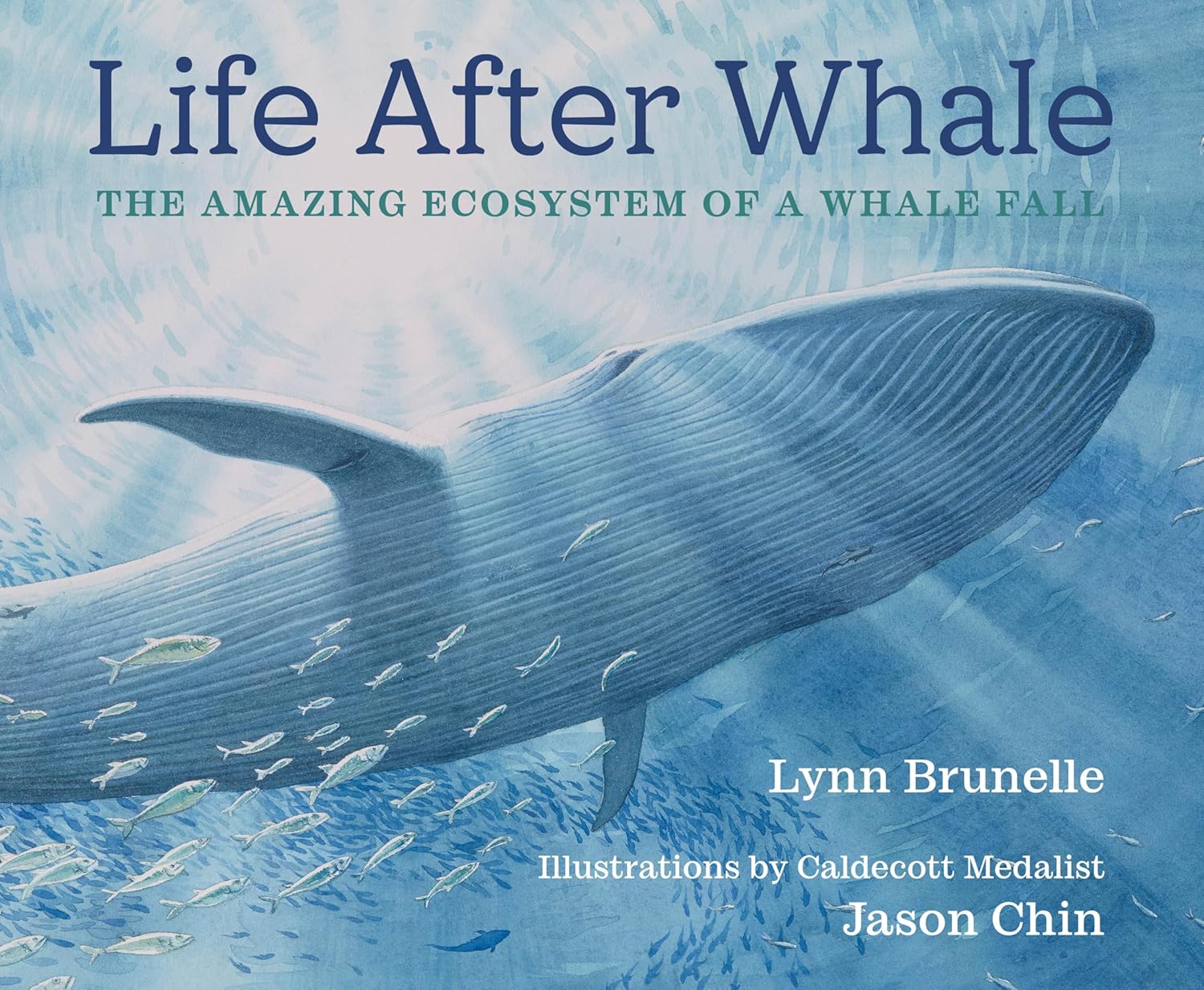
9
Life After Whale: The Amazing Ecosystem of a Whale Fall by Lynn Brunelle
